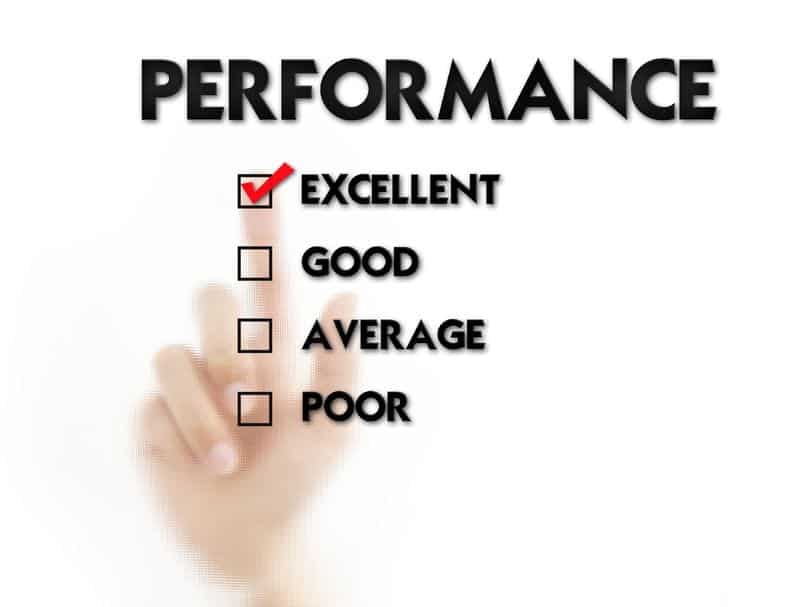Regina was nervously waiting for her weekly status meeting with her boss. She had reviewed the numbers of her team all weekend. She desperately searched for a reporting error that would explain the low performance of a majority of her staff.
Taking one final look at the data Regina had to face the facts, her team was in trouble and that meant that she was to blame. Regina takes her role as their leader seriously and fully embraces the fact that when there are issues it is her failure.
Regina rises from her desk, adjust her clothing, grabs her reports and heads to David’s office. As she approaches she hears David on the phone so she waits anxiously just outside his door. She takes one last glance at the reports with the hope that she can spot an anomaly that would justify the teams below average performance. None was to be found. David’s call ends and she enters his office.
The standard pleasantries are exchanged then David quickly gets to business asking Regina for her status update. “42% of my team is falling below expectations which in turn is causing 30% of my projects to be in the red.” David looks up from the reports signaling that he is giving her his undivided attention, Regina continues. “We have tried everything to help the team achieve their metrics and many of the projects have been through troubleshooting. The team is doing the best they can and I think these projects were doomed from the start.”
David has heard all of this before it is almost as if they handed out a script for managers during training. David asks Regina what she has done with the team to help them achieve the desired results. Regina responds with the standard coaching activities, performance plans and motivational team huddles at the start of each shift.
David praises Regina for those efforts but asks “what about the 4 C’s?” Regina remembers briefly being told about the 4 C’s during her first meeting with David but the details escaped her. Recognizing the blank look on her face David went on to explain “over the years I have found that high employee performance boils down to 4 C’s”:
The 4 C’s of High Employee Performance:
Competition – stay far away from the line that divides friendly from unfriendly competition and instead use healthy competition to drive results and promote team camaraderie. Help the team believe they are in it together and there will be no stopping them. Use competition to create temporary teams to further aid the bonding experience.
Coaching – have a regular and consistent cadence for coaching your staff. At a minimum there should be 2 touch points a month, with a higher frequency for your lower performers. The coaching plan needs to have agreement on the gaps, clearly defined actions they must take and clearly defined actions that you will take to support them. It is highly critical that whatever actions you outline for yourself are honored. Finally, there needs to be a follow-up schedule where you provide updates on their progress.
Constant Feedback – frequent and honest are the main ingredients here. Feedback doesn’t require a lot of time or a planned meeting. When someone is doing something right call them on it. When someone is doing something wrong call them on it. Don’t fall into the trap of only looking for the wrong things, make it a point to catch someone doing something right and providing the appropriate rewards.
Compensation – merit and performance. Compensation shouldn’t happen once a year nor should it be based solely on performance metrics. Other areas of compensation include pay, bonuses, SPIFFS, lunch and the like. Have a supply of gift cards ready to hand out as you walk the floor. Provide lunch quarterly or have a working lunch during a meeting. Use compensation to reward the right behaviors, performance, and a demonstration of values. All of these ideas can add dollars to your bottom line through increased motivation.
As David went through each of the 4 C’s Regina was taking notes, something she should have done the first time. David asks Regina to put a plan together that includes all 4 C’s and be prepared to review with him by week’s end.
30 days after implementing the plan that Regina put together around the 4 C’s only 10% of her team was below expectations. Competition, coaching, constant feedback and compensation are the drivers of employee performance.
Keep your standards high and don’t over complicate managing performance. Use the 4 C’s to easily create a culture of high performing employees.
Last updated on March 9th, 2018 at 06:12 am


